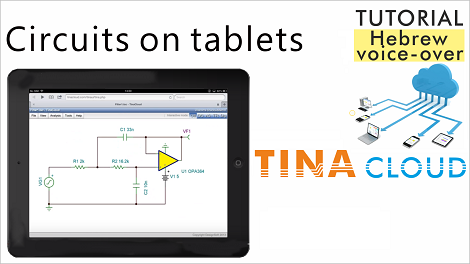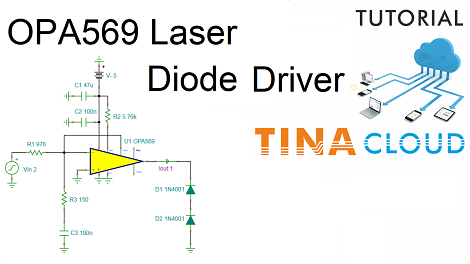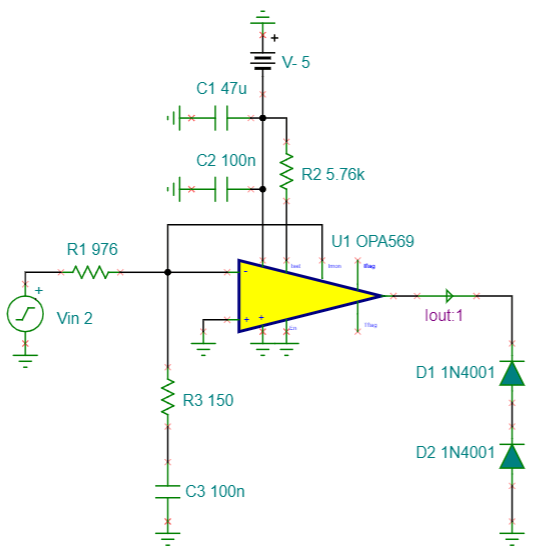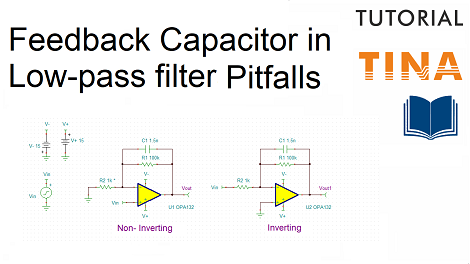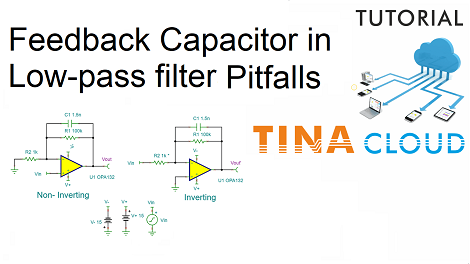TINACloud is the cloud based, multi-language, version of the popular circuit simulation software TINA Design Suite.
You can analyze & design analog, digital, Microcontroller, Switched Mode Power Supply, Radio-Frequency, communication, and optoelectronic circuits.
It also allows you to use manufacturer’s Spice models, hardware description languages and test microcontroller applications in mixed circuit environment.
TINACloud also includes 5 major Hardware Description Languages (VHDL, Verilog, Verilog A & AMS, SystemC).
Another unique feature of TINACloud is the SYMBOLIC ANALYSIS capability.
TINACloud is extended with the fully integrated PCB Designer of TINA.
In this tutorial video we will show you how to create and analyze a fourth order active filter circuit using the Spice model of the OPA364 operational amplifier.
Click here to watch our tutorial video and learn more.
You can learn more about TINA here: www.tina.com
You can learn more about TINACloud here: www.tinacloud.com


